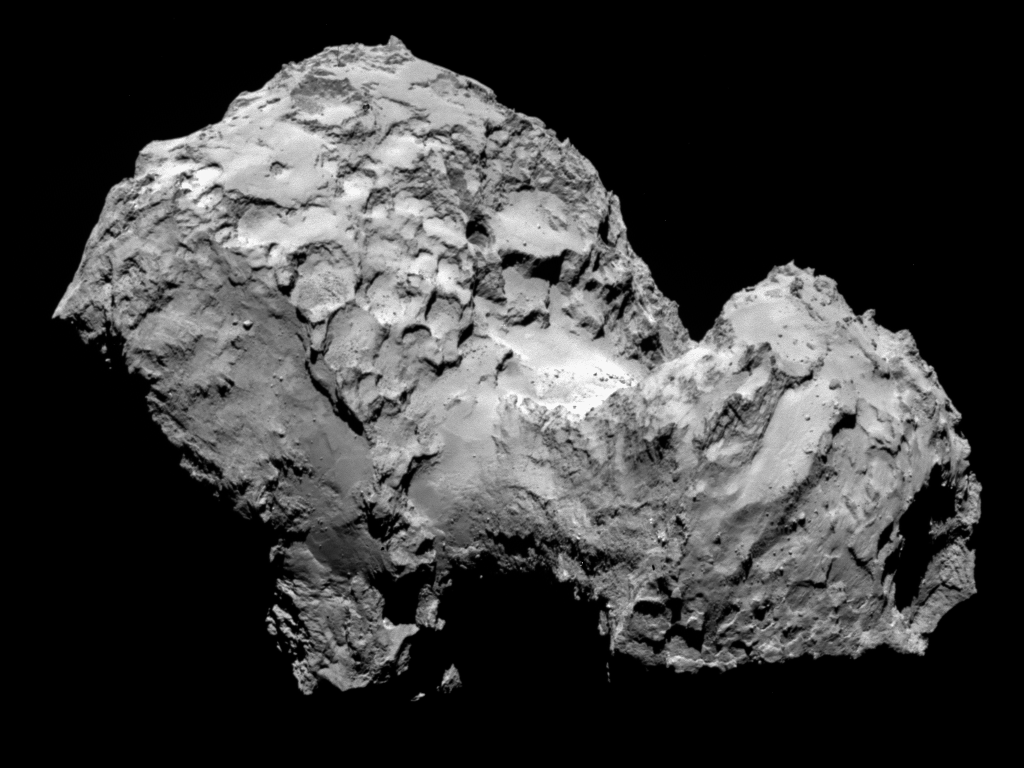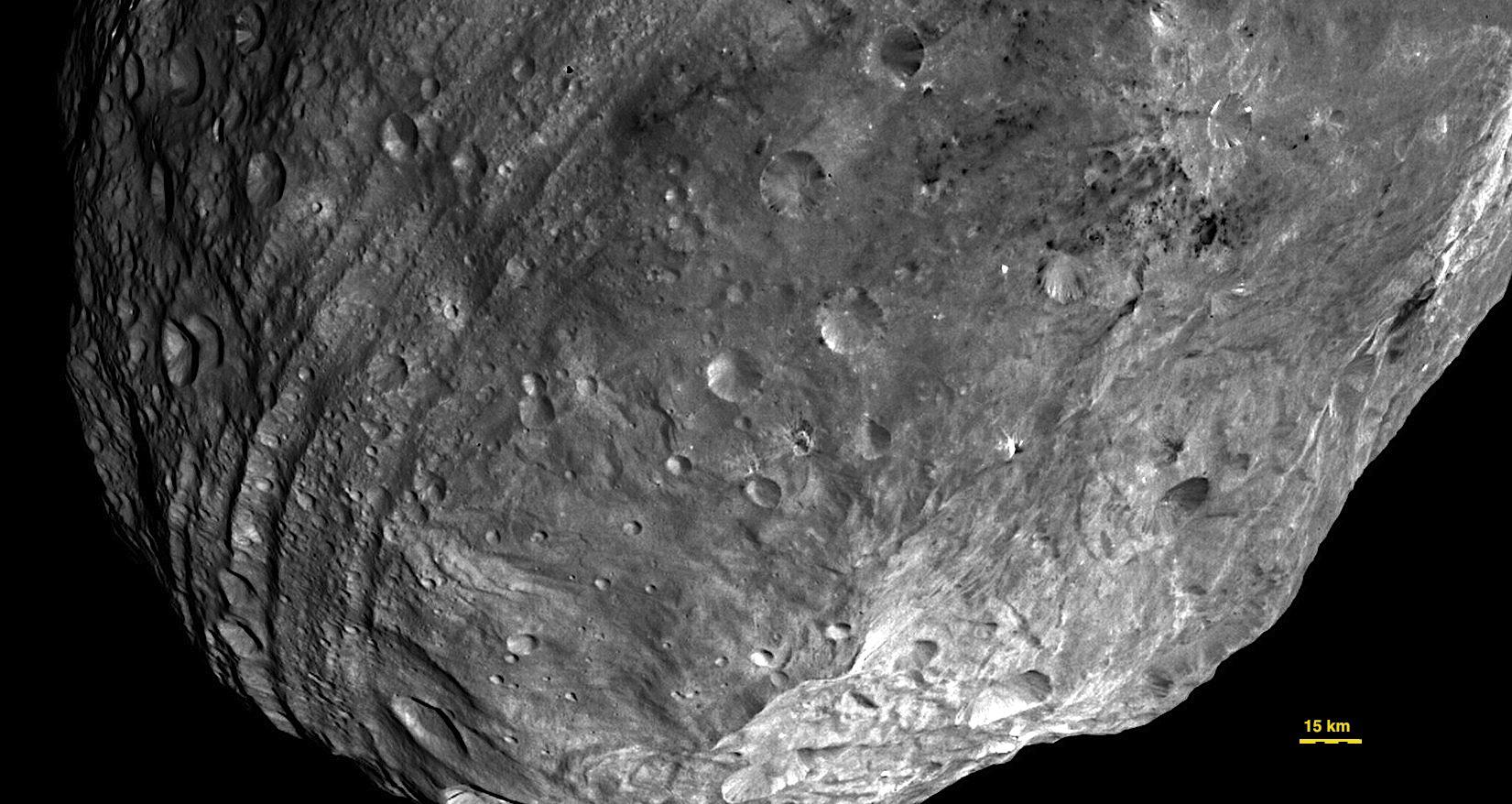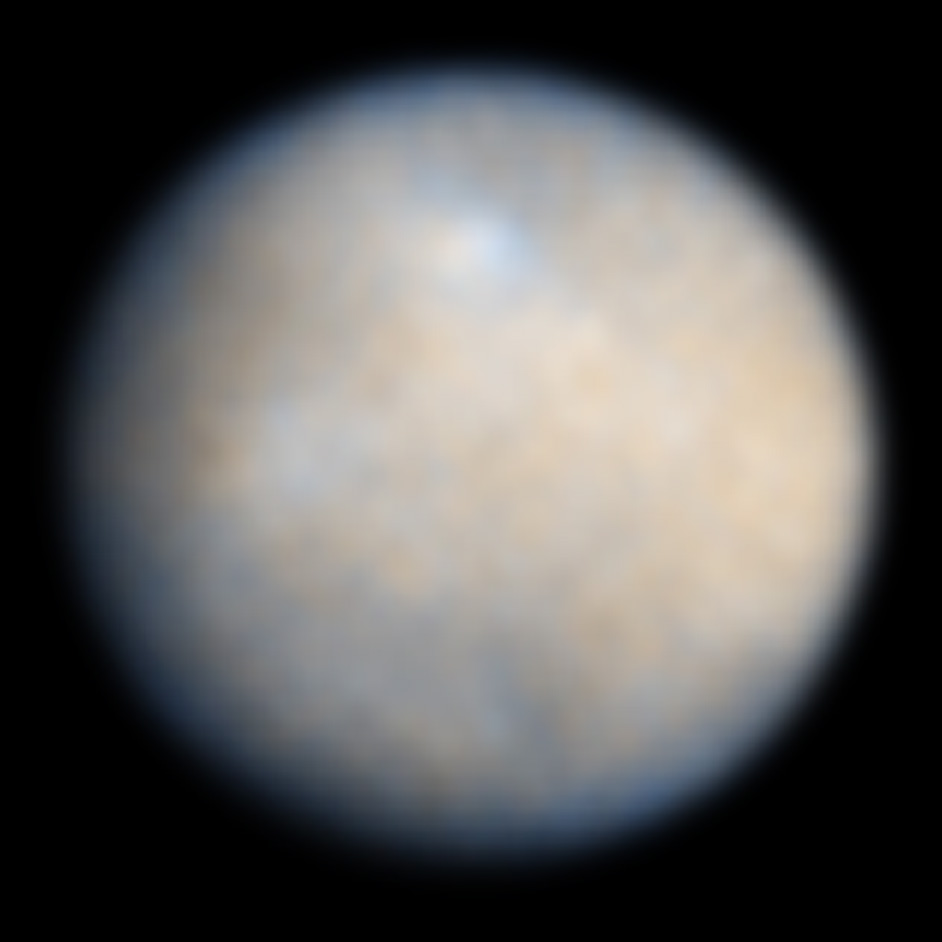.....Japan's Hayabusa2 mission has launched successfully to an organic matter rich asteroid, NASA has OSIRIS-ReX under development, and they have launched the Orion space capsule, which may be the first manned vessel to put people on an asteroid, and then Mars....
 |
| Above: This weird looking lump is a comet - a 4.5 billion year old relic o the ancient universe. Not what you just thought it was. Yes, I know what you thought it was. |
.....Japan's Hayabusa2 mission has launched successfully to an organic matter rich asteroid, NASA has OSIRIS-ReX under development, and they have launched the Orion space capsule, which may be the first manned vessel to put people on an asteroid, and then Mars....
Above: The first flight of the Orion space capsule... at last! Video courtesy of NASA.
But more about those later. This weekend there are two great bits of
news for a small worlds buff like me...
Dawn takes its first snap of the dwarf planet Ceres:
The Dawn space probe has already blown scientists minds with
its exploration of the mutilated, torn up, volcanic asteroid Vesta. It showed
us a world devastated by titanic asteroid impacts....
 |
| Above: Vesta. Originally it was round.. so, yeah, it's 'a bit foxed' as we British say. Image courtesy of NASA. |
.... a surface covered with weirdly distorted craters....
 |
| Above: Vesta, stop being weird! Craters should be round. Round damnit! Image courtesy of NASA. |
....and surprising pockets of hydrogen bearing material -
unusual because this would usually mean water ice beneath the surface, something that seems unlikely
at Vesta.
Now DAWN is almost at it's next target, the dwarf planet
Ceres. Ceres is already an enticing world, just because of the information gathered
by large telescopes: This little world shows signs of hydrated minerals on it's surface, and a plume of water vapour over one pole. Computer
simulations suggest that once Ceres might have been warm enough for asubsurface ocean, an enticing prospect for scientists hunting after possible
habitats for alien life.
Hubble has given us enticing images like this....
 |
| Above: Hubble's view of Ceres - known as the 'mouldy peach shot'. |
....and now DAWN has gotten close enough to give it's first
image of this small world:
 |
| Above: Dawn's first image of Ceres. Courtesy of NASA |
Right now Ceres is just a pixelated blob, but from January
onwards Dawn's cameras will have the best view of this little world in the solar system.
New Horizons awakens en route to Pluto:
New Horizons is NASA's probe into the great darkness of the Kuiper
belt - a second asteroid belt out beyond the orbit of Neptune, where the
'rocks' are made of ices frozen at cryogenic temperatures. This is a very
strange, place populated by bizarrely
shaped dwarf planets, comets carrying relics from the birth of the solar
system, and surprisingly
complicated moon systems. Pluto, while no longer officially a planet, is one of
the biggest little worlds out there. It's surface is covered by a thin atmosphere that freezes out as
snow in winter. It's biggest moon, Charon, ...
 |
| Above: A painstakingly assembled image of Pluto and its moon Charon. Not a disco ball, I promise. Courtesy of NASA. |
...shows signs that the water ice on it's surface might begetting replenished, perhaps hinting at volcanic activity and internal temperatures high enough for
liquid. And, since the New Horizons mission launched, better telescope imagers have increased the
number of moons from one big one, to one big one plus a swarm of little ones.
New Horizon's trip through Plutonian space is perhaps going to be a bit
riskier than anticipated, since the region appears to be filled with chunks of
ice.
 |
| Above The newly discovered moons of the Pluto system. Image courtesy of ESO. |
But, danger or not, New Horizons has awakened from hibernation this weekend.
The mission controllers have received telemetry, confirming that the space craft is alive.... it's time
for NASA to boldly go somewhere no-one has ever been, again.
No comments:
Post a Comment